
|
|
Font Size:
|
||||
|
|
|
|
||||
STATISTICAL BRIEF #370:
Health and Insurance Status, Health Care Use, and Expenditures for Male Veterans, 2008: Estimates for the U.S. Civilian Noninstitutionalized Population
Highlights
- In 2008, elderly veterans were in better health and had lower rates of activity limitation than elderly non-veterans.
- A greater percentage of veterans than non-veterans were covered by private insurance.
- Apart from elderly veterans' higher average number of ambulatory visits compared to elderly non-veterans, health care use differed little between veterans and non-veterans.
- The portion of medical expenditures paid by Medicaid was lower for veterans than for non-veterans.
Introduction
In 2008, there were 21.5 million veterans in the U.S. civilian noninstitutionalized population, of which 20.2 million were men, accounting for 18.1 percent of the adult male population. Based on data from the Household Component of the Medical Expenditure Panel Survey (MEPS-HC), this Statistical Brief compares the health status, use of health care services, insurance status, and health care expenditures for veterans to that for non-veterans in 2008. Because these measures vary greatly with age and the average age is substantially higher for veterans than non-veterans, estimates are shown separately for elderly (65 and older) and non-elderly (ages 18–64) men, and age-adjusted estimates are presented for non-veterans alongside the unadjusted estimates (see Definitions, Age adjustment, for technical details). Only differences between estimates that are statistically significant at the 0.05 level are discussed in the text except where noted.Findings
Health statusAmong men ages 18 to 64, veterans were more likely to be in fair or poor health (figure 1) and more likely to have any activity limitation (figure 2) than non-veterans. However, these differences dissipated when compared to age-adjusted estimates for non-veterans. Elderly veterans were less likely to be in fair or poor health or have any activity limitation than their non-veteran counterparts. Among male veterans at least 65 years old, 20.1 percent were in fair or poor health compared to 27.0 percent of age-adjusted non-veterans (figure 1). The rate of activity limitation among elderly men was lower for veterans (17.8 percent) than age-adjusted non-veterans (23.9 percent) (figure 2).
Insurance status
Compared to the age-adjusted proportion of non-veterans, a smaller proportion of veterans ages 18–64 were uninsured (11.8 percent versus 17.3 percent), a smaller proportion had public health insurance (6.7 percent versus 9.3 percent) and a larger proportion had private insurance (81.5 percent versus 73.4 percent) (figure 3). A similar pattern in the rates of private and public insurance coverage occurred among elderly men. Here, fewer veterans depended solely on Medicare than age-adjusted non-veterans (32.2 percent versus 40.4 percent) or on Medicare plus some other public insurance (5.3 percent versus 13.9 percent). The remaining 62.6 percent of elderly veterans had Medicare plus private insurance, substantially higher than 45.7 percent of age-adjusted non-veterans.
Medical treatment includes different types of service such as ambulatory visits, inpatient hospital stays, emergency department care, prescription medications, and home health care. The level of utilization of most types of medical service did not measurably differ between veterans and their non-veteran counterparts in 2008. Of the utilization measures examined, only the average number of ambulatory visits among elderly men differed by veteran status. Veterans age 65 and older had an average of 11.8 ambulatory visits while the age-adjusted average for non-veterans was 9.3 (figure 4).
The proportion of veterans ages 18–64 having expenditures for medical treatment did not differ from the age-adjusted proportion of non-veterans, about 85 percent (data not shown). Similarly, the overwhelming majority of men age 65 or older (about 96 percent) received some form of medical treatment regardless of veteran status. Average annual medical expenditures were similar for veterans and non-veterans—about $5,800 for non-elderly men and $9,500 for elderly men (data not shown).
Several sources can pay for medical treatment, including private insurance, Medicare, Medicaid, the Department of Veteran Affairs (VA), and payments made out of pocket. The sources of payments for veterans’ and non-veterans’ medical expenditures in 2008 differed chiefly in the proportion paid by Medicaid and the VA. Medicaid constituted a smaller portion of payments for veterans (1.1 percent among non-elderly and 0.5 percent among elderly) than for age-adjusted non-veterans (7.3 percent and 5.1 percent respectively) (figure 5). In contrast to non-veterans, veterans are eligible for medical care at VA facilities; the VA paid 14.2 percent of non-elderly veterans’ expenses and 9.4 percent of elderly veterans’ expenses.
Data Source
The estimates in this Brief were derived from the MEPS 2008 Full Year Consolidated Data File (HC-121), Office-Based Medical Provider Visits File (HC-118G), Outpatient Visits File (HC-118F), Hospital Inpatient Stays File (HC-118D), Home Health File (HC-118H), Emergency Room Visits File (HC-118E), and Prescribed Medicines File (HC-118A).Definitions
VeteranIndividuals who had ever been honorably discharged from active duty in the U.S. Army, Navy, Air Force, Marine Corps, or Coast Guard.
Age adjustment
Data on non-veterans is adjusted to account for the difference in age between veterans and non-veterans. Men under age 65 who are veterans have an average age of 51 and non-veterans 38. Among men 65 and older, 30 percent of veterans are 80 or older while only 19 percent of non-veterans are 80 or older. Therefore statistics on male non-veterans are age-adjusted to the male veteran population, using the following age groups: 18–24, 25–29, 30–34, 35–39, 40–44, 45–49, 50–54, 55–59, 60–64, 65–69, 70–74, 75–79, and 80+. Age-adjusted statistics are weighted sums of age-specific rates. For example, 17.4 percent of male veterans are ages 60–64 while 4.9 percent of non-veterans fall in this age range; in calculating statistics, these non-veterans are counted as if they composed 17.4 percent of non-veterans, simulating the age distribution of veterans.
Health status
During each round of interviewing, the household respondent was asked to rate the health of each person in the family according to the following categories: excellent, very good, good, fair, or poor. For this report, the response categories fair and poor were collapsed. Health status was missing for a small percentage of individuals.
Activity limitation
Any limitation in the ability to work at a job, do housework, or go to school because of an impairment or a physical or mental health problem.
Health insurance status
Individuals under age 65 were classified into the following three insurance categories based on household responses to the health insurance status questions:
- Any private health insurance: Individuals who, at any time during the year, had insurance that provided coverage for hospital and physician care (other than Medicare, Medicaid, or other public hospital/physician coverage) were classified as having private insurance. Coverage by TRICARE (Armed Forces-related coverage) was also included as private health insurance. Insurance that provided coverage for a single service only, such as dental or vision coverage, was not included.
- Public coverage only: Individuals were considered to have public coverage only if they met both of the following criteria: 1) they were not covered by private insurance at any time during the year, and 2) they were covered by one of the following public programs at some point during the year: Medicare, Medicaid, or other public hospital/physician coverage.
- Uninsured: The uninsured were defined as people not covered by private hospital/physician insurance, Medicare, TRICARE, Medicaid, or other public hospital/physician programs at any time during the entire year or their period of eligibility for the survey.
- Medicare only: Individuals who, at any time during the year were covered by Medicare but never by private insurance, TRICARE, or other public coverage.
- Medicare plus private: Individuals who, at any time during the year, were covered by Medicare and private insurance, or TRICARE.
- Medicare plus other public coverage: Individuals who, at any time during the year, were covered by Medicare and some other type of public insurance, but never by private insurance or TRICARE.
Expenditures refer to what is paid for health care services. More specifically, expenditures in MEPS are defined as the sum of direct payments for care provided during the year, including out-of-pocket payments and payments by private insurance, Medicaid, Medicare, and other sources. Payments for over-the-counter drugs are not included in MEPS total expenditures. Indirect payments not related to specific medical events, such as Medicaid Disproportionate Share and Medicare Direct Medical Education subsidies, are also excluded.
MEPS expenditure data are derived from both the Medical Provider Component (MPC) and Household Component (HC). MPC data are generally used for hospital-based events (e.g., inpatient stays, emergency room visits, and outpatient department visits), prescribed medicine purchases, and home health agency care. Office-based physician care estimates use a mix of HC and MPC data while estimates for non-physician office visits, dental and vision services, other medical equipment and services, and independent provider home health care services are based on HC provided data. Details on the estimation process can be found in:
Machlin, S. R. and Dougherty, D. D. Overview of Methodology for Imputing Missing Expenditure Data in the Medical Expenditure Panel Survey. Methodology Report No. 19. March 2007. Agency for Healthcare Research and Quality, Rockville, MD. http://www.meps.ahrq.gov/mepsweb/data_files/publications/mr19/mr19.shtml
Ambulatory visit
Medical provider visits in office-based and hospital outpatient department settings.
Sources of payment
- Private insurance: This category includes payments made by insurance plans covering hospital and other medical care (excluding payments from Medicare, Medicaid, and other public sources), Medigap plans, and TRICARE (Armed Forces-related coverage).
- TRICARE: Armed Forces-related coverage includes TRICARE and CHAMPVA.
- Medicare: Medicare is a federally financed health insurance plan for the elderly, persons receiving Social Security disability payments, and persons with end-stage renal disease. Medicare Part A, which provides hospital insurance, is automatically given to those who are eligible for Social Security. Medicare Part B provides supplementary medical insurance that pays for medical expenses and can be purchased for a monthly premium. Medicare Part D, which started in 2006, covers prescription drug expenses.
- Medicaid/CHIP: This category includes payments made by the Medicaid and CHIP programs which are means-tested government programs financed jointly by federal and state funds that provide health care to those who are eligible. Medicaid is designed to provide health coverage to families and individuals who are unable to afford necessary medical care while CHIP provides coverage to additional low income children not eligible for Medicaid. Eligibility criteria for both programs vary significantly by state.
- Out of pocket: This category includes expenses paid by the user or other family member.
- VA: The Department of Veteran Affairs (VA) is an important source of health care for America’s veterans. The extent of eligibility for health services through the VA is dependent on a number of factors including the extent of service-connected disability, income, and other factors. In MEPS, the VA is specified as a source of payment for medical care, though the VA is not classified as health insurance. Because payments for medical care provided through the VA are not tied to particular medical events, expenditures for such events were imputed. The imputations are based on similar events that were paid on a fee-for-service basis. Selected predictor variables are used to form groups of donor and recipient events for the imputations.
- Other sources: This category includes payments from other federal sources such as Indian Health Service, military treatment facilities, and other care provided by the federal government besides the VA; various state and local sources (community and neighborhood clinics, state and local health departments, and state programs other than Medicaid/CHIP); various unclassified sources (e.g., automobile, homeowner’s, or other liability insurance, and other miscellaneous or unknown sources); Medicaid/CHIP payments reported for persons who were not reported as enrolled in the Medicaid or CHIP programs at any time during the year; and private insurance payments reported for persons without any reported private health insurance coverage during the year.
About MEPS-HC
MEPS-HC is a nationally representative longitudinal survey that collects detailed information on health care utilization and expenditures, health insurance, and health status, as well as a wide variety of social, demographic, and economic characteristics of the U.S. civilian noninstitutionalized population. It is co-sponsored by the Agency for Healthcare Research and Quality and the National Center for Health Statistics.References
For a detailed description of the MEPS-HC survey design, sample design, and methods used to minimize sources of nonsampling errors, see the following publications:Cohen, J. Design and Methods of the Medical Expenditure Panel Survey Household Component. MEPS Methodology Report No. 1. AHCPR Pub. No. 970026. Rockville, MD: Agency for Health Care Policy and Research, 1997. http://www.meps.ahrq.gov/mepsweb/data_files/publications/mr1/mr1.shtml
Cohen, S. Sample Design of the 1996 Medical Expenditure Panel Survey Household Component. MEPS Methodology Report No. 2. AHCPR Pub. No. 970027. Rockville, MD: Agency for Health Care Policy and Research, 1997. http://www.meps.ahrq.gov/mepsweb/data_files/publications/mr2/mr2.shtml
Cohen, S. Design Strategies and Innovations in the Medical Expenditure Panel Survey. Medical Care, July 2003: 41(7) Supplement: III-5–III-12.
Cohen, J. and Krauss, N. Spending and Service Use among People with the Fifteen Most Costly Medical Conditions, 1997. Health Affairs; 22(2):129–138, 2003.
Suggested Citation
Roemer, Marc. Health and Insurance Status, Health Care Use, and Expenditures for Male Veterans, 2008: Estimates for the U.S. Civilian Noninstitutionalized Population. Statistical Brief #370. May 2012. Agency for Healthcare Research and Quality, Rockville, MD. http://www.meps.ahrq.gov/mepsweb/data_files/publications/st370/stat370.shtmlAHRQ welcomes questions and comments from readers of this publication who are interested in obtaining more information about access, cost, use, financing, and quality of health care in the United States. We also invite you to tell us how you are using this Statistical Brief and other MEPS data and tools and to share suggestions on how MEPS products might be enhanced to further meet your needs. Please e-mail us at MEPSProjectDirector@ahrq.hhs.gov or send a letter to the address below:
Steven B. Cohen, PhD, Director
Center for Financing, Access, and Cost Trends
Agency for Healthcare Research and Quality
540 Gaither Road
Rockville MD 20850
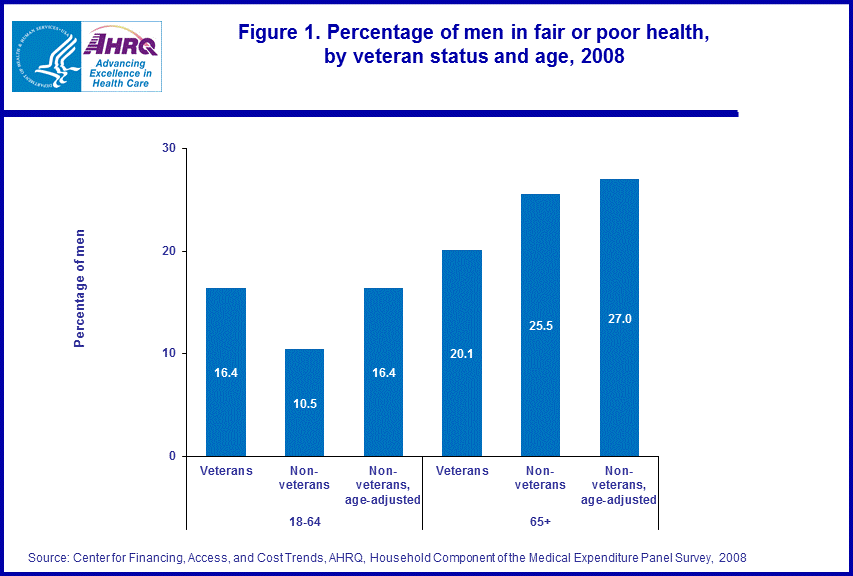 |
|||||||||||||||||||||||||||||||||||||||||||||||||||||||||||||||||||||||||||||
|
|||||||||||||||||||||||||||||||||||||||||||||||||||||||||||||||||||||||||||||
|
|
|||||||||||||||||||||||||||||||||||||||||||||||||||||||||||||||||||||||||||||
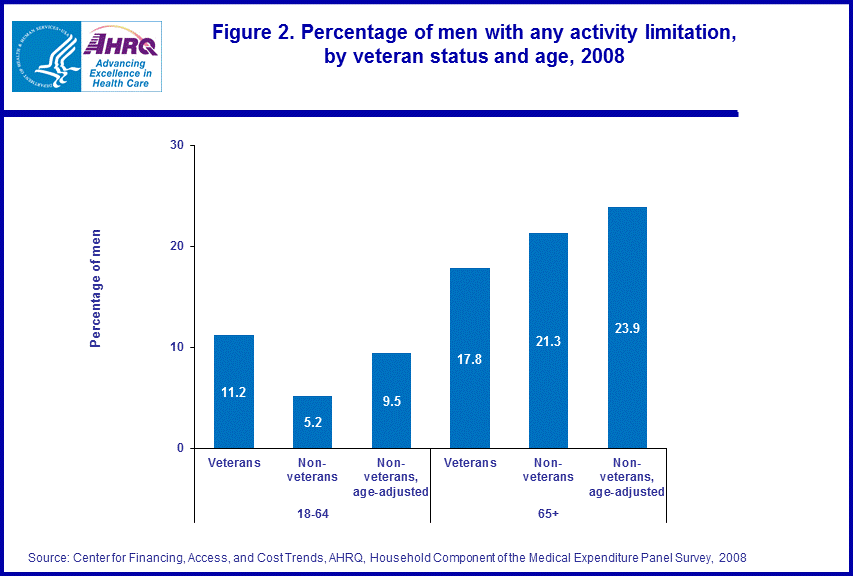 |
|||||||||||||||||||||||||||||||||||||||||||||||||||||||||||||||||||||||||||||
|
|||||||||||||||||||||||||||||||||||||||||||||||||||||||||||||||||||||||||||||
|
|
|||||||||||||||||||||||||||||||||||||||||||||||||||||||||||||||||||||||||||||
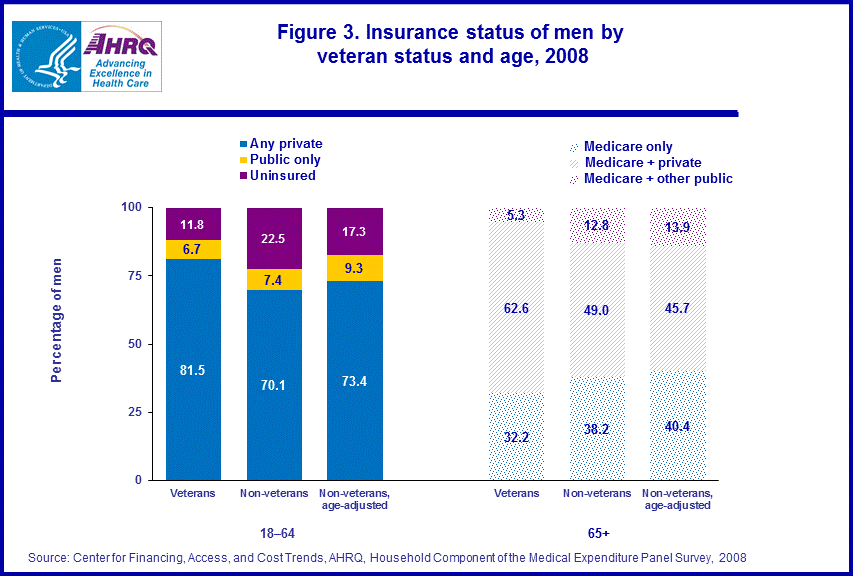 |
|||||||||||||||||||||||||||||||||||||||||||||||||||||||||||||||||||||||||||||
|
|||||||||||||||||||||||||||||||||||||||||||||||||||||||||||||||||||||||||||||
|
|
|||||||||||||||||||||||||||||||||||||||||||||||||||||||||||||||||||||||||||||
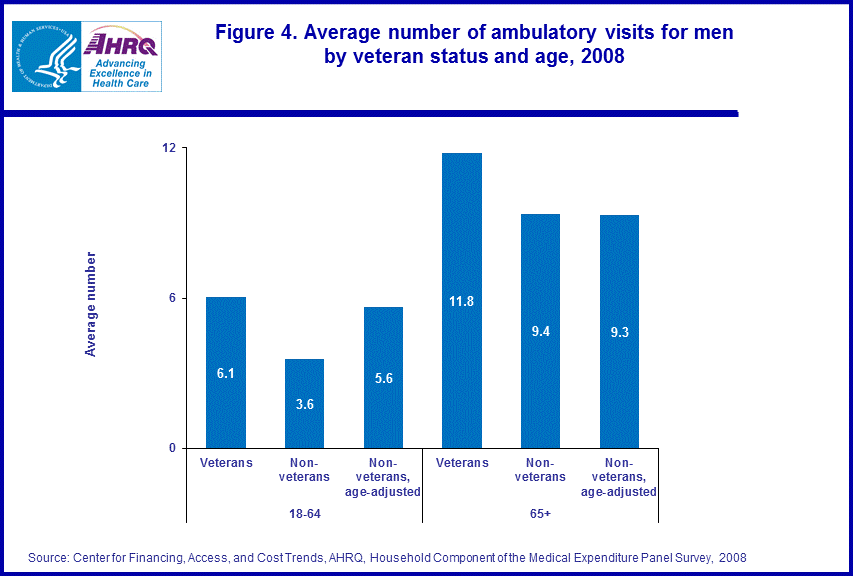 |
|||||||||||||||||||||||||||||||||||||||||||||||||||||||||||||||||||||||||||||
|
|||||||||||||||||||||||||||||||||||||||||||||||||||||||||||||||||||||||||||||
|
|
|||||||||||||||||||||||||||||||||||||||||||||||||||||||||||||||||||||||||||||
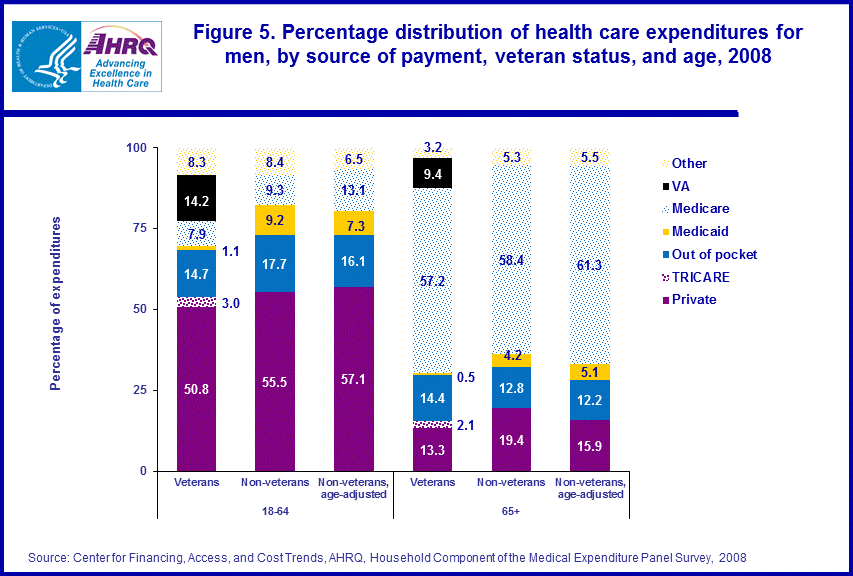 |
|||||||||||||||||||||||||||||||||||||||||||||||||||||||||||||||||||||||||||||
|
|||||||||||||||||||||||||||||||||||||||||||||||||||||||||||||||||||||||||||||
|
|
|||||||||||||||||||||||||||||||||||||||||||||||||||||||||||||||||||||||||||||


